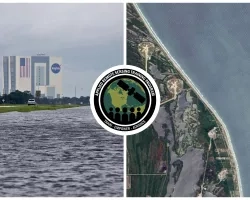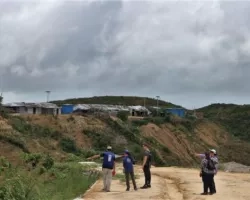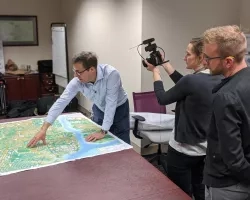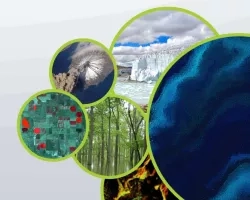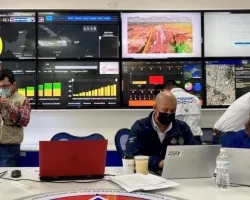Given the increasing global impacts by sudden or protracted crises, we seek to understand the contextual factors and underlying drivers of systemic risk in communities. In order to bolster all possible paths to building resilience, we also consider populations facing additional exposure and vulnerability to environmental and climate-related shocks and stresses.
Strengthening resilience has emerged as an essential means to prevent, mitigate and prepare for risks associated with a range of shocks and stresses to lives and livelihoods. Resilience is key to achieving sustainable development in various sectors, contexts and scales, and must address risk and its compounding effects to people and economies, the built and natural environment, and to peace and security. NASA Earth observations presents unique insights into risks from natural and anthropogenic dimensions, and our efforts help translate those insights into fostering resilient communities.
We work with a strong cadre of stakeholders across public and private-sector interests to enable participatory and inclusive planning processes that address the root causes of systemic risk. Fundamental elements of our resilience-oriented strategy include engaging Earth observations to better understand and support access to services and prevent supply chain disruptions, to enhance equitable development of social safety nets and adaptive capacities, to bolster pathways to environmental and food security, to visualize impacts to assets and critical infrastructure, and to ensure integration of climate change considerations across short- and long-term approaches.
